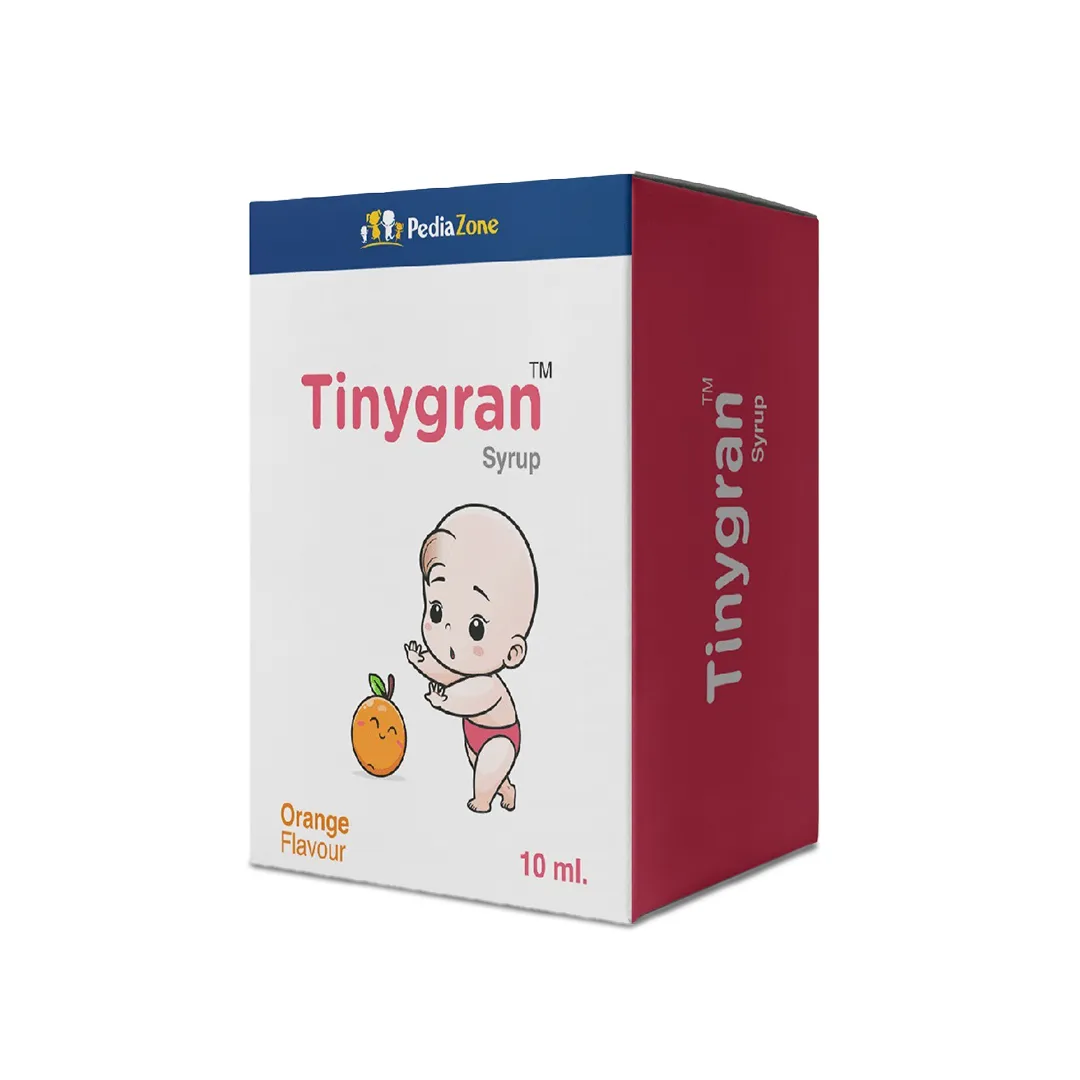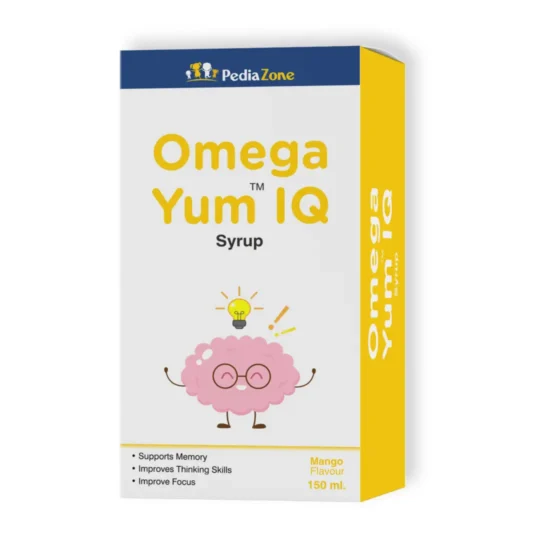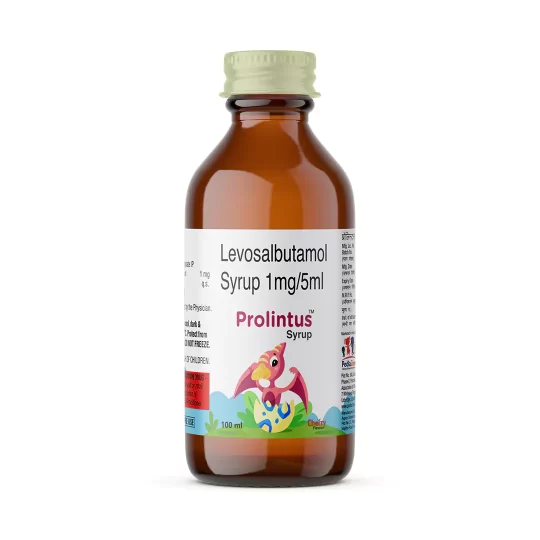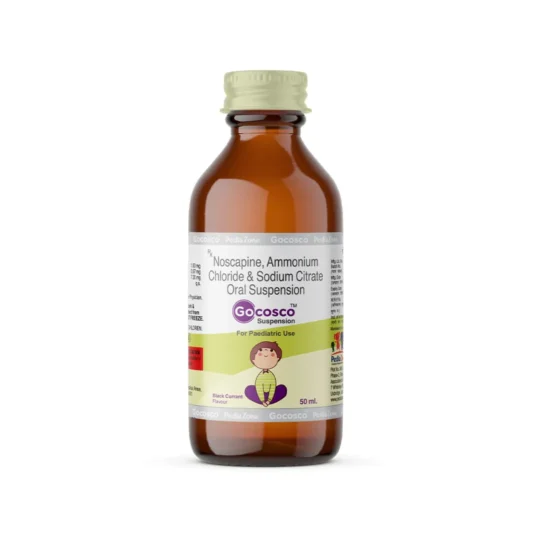Therapy/Class:
Therapy: Antiemetic
Class: 5HT3 receptor antagonists
Mechanism of Action:
It is a potent, selective antagonist of 5-HT3 receptors. The antiemetic activity of Granisetron is brought about through the inhibition of 5-HT3 receptors present both centrally (medullary chemoreceptor zone) and peripherally (GI tract). This inhibition of 5-HT3 receptors in turn inhibits the visceral afferent stimulation of the vomiting center, likely indirectly at the level of the area postrema, as well as through direct inhibition of serotonin activity within the area postrema and the chemoreceptor trigger zone.
Indications:
- Prevention & Treatment of Acute Nausea & Vomiting
- For Post-Operative Nausea/Vomiting (PONV) Prophylaxis
Dosage:
20mcg / kg OD
HOW SUPPLIED:
Tinygran syrup is available as syrup in 10ml pack (with dropper)
References:
- Neal Ward, David Alan Jones, Victor Witold Jacewicz, “Process for the preparation of granisetron.” U.S. Patent US6268498, issued April, 1986.
- an M: Granisetron: new insights into its use for the treatment of chemotherapy-induced nausea and vomiting. Expert Opin Pharmacother. 2003 Sep;4(9):1563- 71
- Ho KY, Gan TJ: Pharmacology, pharmacogenetics, and clinical efficacy of 5-hydroxytryptamine type 3 receptor antagonists for postoperative nausea and vomiting. Curr Opin Anaesthesiol. 2006 Dec;19(6):606-11.
- Munro HM, D’Errico CC, Lauder GR, Wagner DS, Voepel-Lewis T, Tait AR. Oral granisetron for strabismus surgery in children. Can J Anaesth. 1999 Jan;46(1):45-8. doi: 10.1007/BF03012513. PMID: 10078402.





